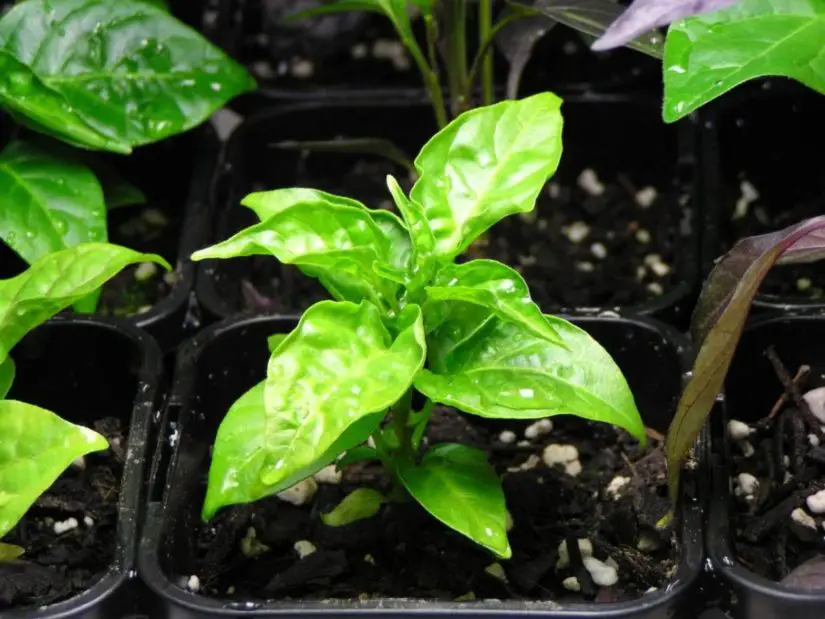Many gardeners have long used seaweed to aid plant growth. It was very popular, especially before the advent of modern fertilizers. It promotes stronger, healthier crops that can more easily withstand environmental challenges, such as extreme weather, pests, salinity, and diseases.
But what exactly is in seaweed that makes plants healthier and stronger? Why is it so beneficial to crops? Read on to find out.
What’s Seaweed Fertilizer?
Seaweed fertilizer, also popular as liquid seaweed fertilizer, is a fertilizer derived from natural sources of seaweed. You first collect the seaweed, rinse away most of the saltwater, then leave the remaining matter to decompose or ferment.
The liquid or slurry decomposed material serves as a biostimulator. A biostimulator is a material other than fertilizers that promote plant growth.
Benefits of Seaweed Fertilizer
There are many benefits of seaweed fertilizer over conventional fertilizers. However, the five main advantages are as follows;
1. It is nutrient-rich
Active seaweed fertilizer contains massive amounts of nitrogen-rich organic matter. It also contains many macro and micronutrients, including zinc, iron, magnesium, potassium, calcium, iodine, and multiple vitamins. These nutrients make seaweed the perfect fertilizer for growing crops without exposing your crops to harmful agents.
Furthermore, seaweed fertilizers contain alginic acid. Also known as algin, alginic acid is a naturally-occurring, edible polysaccharide typically found in brown algae. It contains several metals, such as calcium and sodium, that encourage plant growth. It also absorbs 200-300 times its weight in water and solutes at low pH, allowing it to serve as a soil conditioner and growth balancer, and regulator.
2. Plants easily absorb seaweed
A common problem with modern fertilizers is that sometimes plants struggle to absorb the nutrients. Sometimes it takes ages, sometimes weeks, for the plant to draw some of the nutrients. Worse still, the nutrients may not be ready for absorption. This can make things worse, leaving your plants deficient in critical nutrients.
In contrast, seaweed fertilizers are very easily absorbed. Plants draw the nutrients within 2-3 hours of application. Even better, the nutrients are easily absorbed into plant cells after they’re drawn from the soil. Why? Because alginic acid turns most nutrients into highly water-soluble substances that more readily penetrate stem and leaf cells.
3. Strengthens plant defenses
Any time plants are exposed to factors that stress them, whether it’s lack of enough water or significant temperature variations, the plant’s overall health is affected. The same applies whenever the plant is exposed to persistent pest and disease problems. The plant instantly becomes susceptible to other problems, such as injury or sickness.
Seaweed boosts plant immunity. In one Australian study, crops treated with seaweed extracts showed resistance to a wide range of diseases, including Albugo candida, which causes white blisters and rust on brassicas, sclerotinia minor, a fungus that attacks lettuce, and clubroot. Seaweed also repels pests, such as snails and slugs, and is a deterrent for some bird species.
4. Stimulate plant growth
All fertilizers seek to improve plant growth. However, seaweed is a different animal in this regard. Just like in humans, hormones regulate the growth and development of plants. In plants, these hormones are known as phytohormones. The five main phytohormones required for thriving plants are auxins, gibberellins, cytokinins, ethylene, and abscisic acid.
Unfortunately, many soils lack these hormones in sufficient quantities, so your agricultural officer will likely recommend phytohormones for gardening. Worse still, normal fertilizers don’t have the necessary hormones in enough quantities. Seaweed fertilizers contain massive amounts of cytokinins and auxins as well as significant quantities of the other three phytohormones. This allows plants to readily acquire these important hormones rather than spend time making them.

5. Improves soil conditions
Finally, seaweed fertilizers are excellent at improving soil conditions. First, seaweeds contain amino acids used by microbes as a source of nitrogen and proteins to strengthen soil microbial colonies. Microbes are critical for decomposing organic matter, fostering soil aggregate stability, recycling and regurgitating carbon/nitrogen, and degrading pesticides.
Secondly, seaweed contains plenty of bioactive carbohydrates that react with metal ions in the soil to form large molecules that help with soil absorption and improve soil structure. Finally, the fertilizers also contain beneficial fungi and bacteria that make water and nutrients more readily available to plants. The same bacteria and fungi also help form phytohormones to boost plant health and wellbeing.
How to Use Seaweed Fertilizer
If you’re excited by the benefits of seaweed fertilizer, there are three main ways to apply the fertilizer. The most popular method is to mix it in a hand-held spray bottle and then mist the plants. Alternatively, mix it in a watering can and sprinkle your crops with the diluted solution. Finally, you can also mix the fertilizer into a sprayer.






